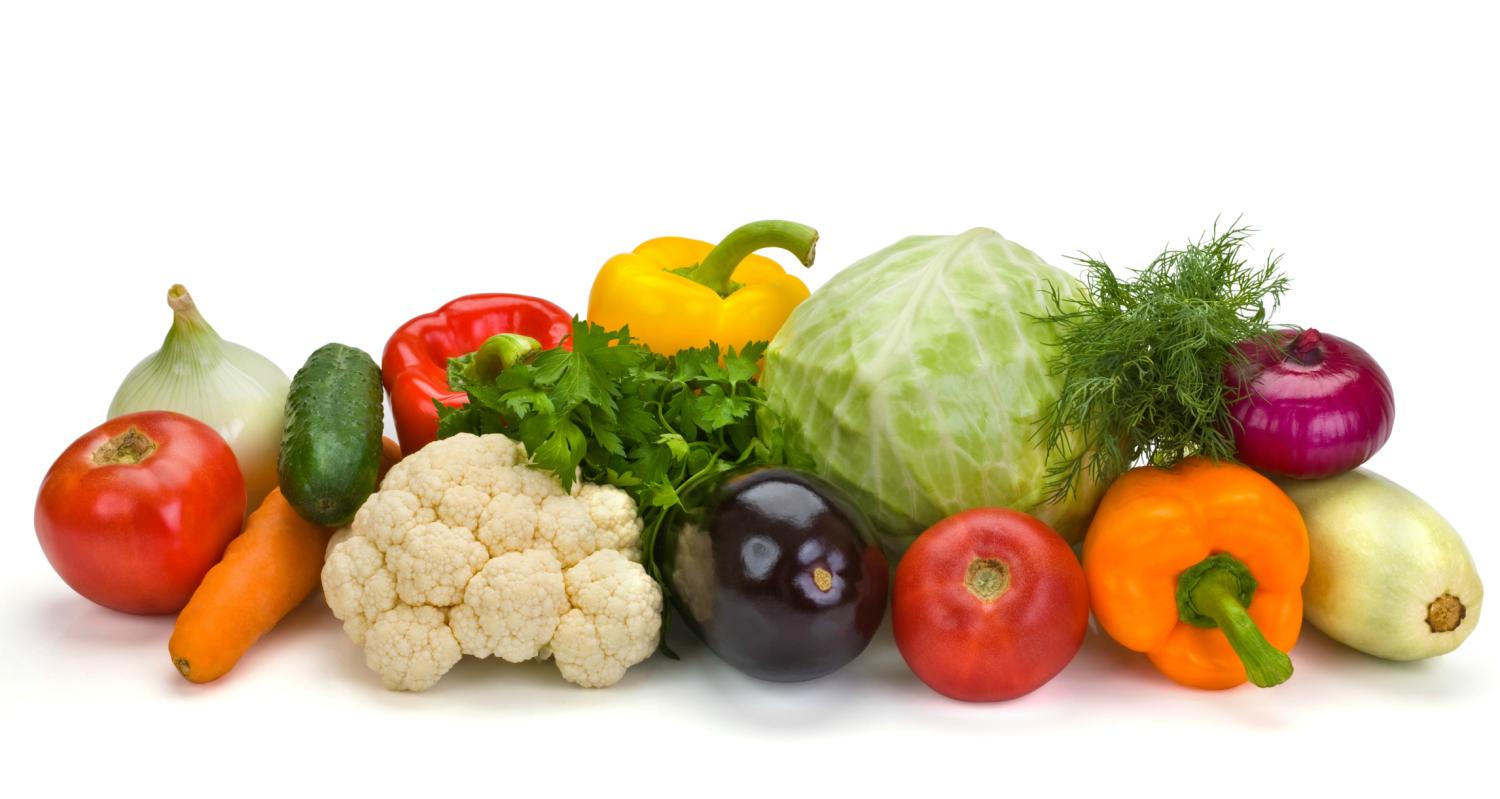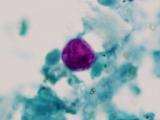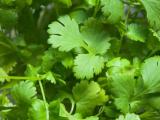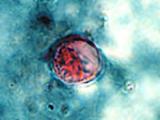The tally of Cyclospora infections in the Midwest and Texas reached at least 235 today, an increase of more than 50 in the past 2 days, but the source of contamination and whether the two regional outbreaks are related remained a mystery.
Iowa, the hardest-hit state, reported 109 cases today, 22 more than it had 2 days ago, while Nebraska cited 63 cases, which includes 9 in the past 2 days. Iowa has had at least six hospitalizations, and Nebraska has had three, but no state has reported any deaths.
The Texas case tally rose to 56 today, from 48 yesterday, said Christine Mann, a spokeswoman for the Texas Department of State Health Services (DSHS). She said the 56 cases reported within the past week represent the state's total so far this year.
"It is too soon to tell if any of the cases are connected to a multistate outbreak in Nebraska and Iowa, but we are looking into it," Mann said.
Wisconsin officials reported four cases today, two more than at midweek, and said they are believed to be part of the same outbreak. That compares with just five cases in the state from 2008 through 2012, the Wisconsin Department of Health Services (DHS) said in a statement.
Earlier this week, Illinois and Kansas reported two and one cases, respectively, but one of those was thought to be related to overseas travel.
Source still unknown
Iowa and Nebraska officials have said they suspect that vegetables grown somewhere else are the source of the contamination, but no breaks in the investigation were reported today.
"Fresh vegetables appear to be the cause of this outbreak," Leah Bucco-White of the Nebraska Department of Health and Human Services told CIDRAP News today. "Our investigators are working hard to pinpoint the exact source. We know locally grown produce is not part of this outbreak."
Earlier in the week, Iowa and Nebraska officials said those who were infected got sick in mid to late June, and on that basis, they thought that all the contaminated food was likely to have been consumed or discarded already.
Bucco-White said today, "End of June is still where we are with symptom onset. We're waiting for interview results on some of the recently reported cases."
In the Wisconsin press release, State Health Officer Henry Anderson, MD, urged people to seek treatment if they have prolonged diarrhea.
"Because Cyclospora can cause a prolonged illness and the disease is treatable with sulfa drugs, we want people to know that they should contact their doctor if they experience a gastrointestinal illness with watery diarrhea that lasts more than 2 or 3 days," he said.
Because cyclosporiasis is relatively rare and requires special testing, doctors usually don't test for it, he added. He also commented that the illness usually resolves on its own, but it can last a long time, with relapses that may persist for weeks to months.
Prior outbreaks
Previous cyclosporiasis outbreaks in the United States have been mostly associated with imported produce or overseas travel.
The first big multistate cyclosporiasis outbreak in the United States occurred in 1996 and was traced to raspberries imported from Guatemala. It involved 1,465 probable and confirmed cases in 20 states, the nation's capital, and two Canadian provinces, according to a 1997 report in the New England Journal of Medicine.
In a 2011 report, the Centers for Disease Control and Prevention (CDC) said 1,110 sporadic (not outbreak-related) cyclosporiasis cases were reported from 1996 to 2008. A third of the patients had traveled abroad in the 2 weeks before they fell ill, many of them to Mexico, Guatemala, or Peru, said the CDC in Morbidity and Mortality Weekly Report (MMWR).
Key investigation steps
Craig Hedberg, PhD, a foodborne disease expert at the University of Minnesota's School of Public Health, said that in view of the history of cyclosporiasis outbreaks in the United States, it's natural for outbreak investigators to look to imported foods.
"The primary reason for discounting local production sources is that previous outbreaks of Cyclospora infection have been associated with imported products, and the natural reservoir and route of contamination has generally not been known," he commented by e-mail.
"Thus, there isn't a real precedent for locally sourced produce as the likely source of an outbreak in this area. That alone shouldn't be a basis for ruling it out, but there may not be a lot of locally sourced produce in this market during this time frame anyway.
"This is a relatively large outbreak, and if they are getting good food histories and following up to identify potentially common distribution pathways, it seems they should have a good chance to pin down the source," Hedberg added.
"This may come too late to prevent cases in this outbreak, but learning where this came from could help us prevent the next outbreak from happening. This is an important reason for continuing the investigation, even if it looks like the outbreak is over."
He also said it appears that the current outbreak does not include many event-related case clusters, unlike the big 1996 outbreak. That, plus state officials' comments about vegetables as a possible source, suggests a fresh produce item that has been distributed through multiple outlets, he added.
"The distribution of cases in Iowa and Nebraska suggests a common distributor, and if the cases in Texas are related, that may help triangulate on specific distribution pathways or products," Hedberg commented.
See also:
Iowa Department of Public Health Cyclospora case-count updates
Jul 19 Wisconsin DHS press release
Related Jul 17 CIDRAP News story
May 1997 N Engl J Med report on 1996 Cyclospora outbreak
April 2011 MMWR article on Cyclospora cases from 1997 to 2008






















